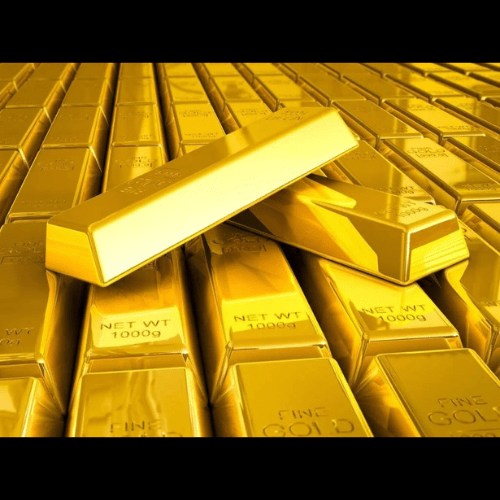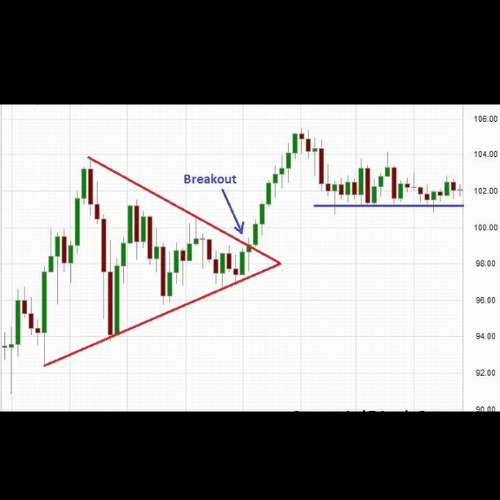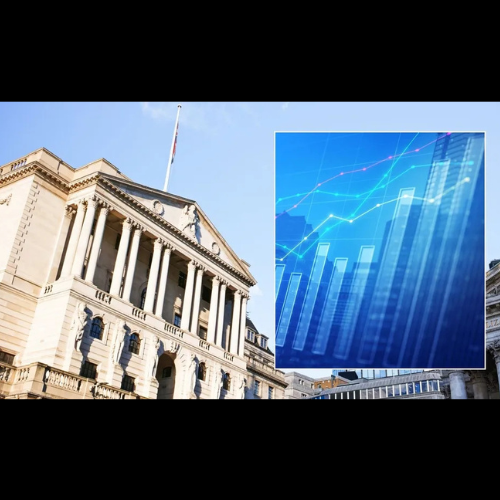Gold has long been regarded as a safe-haven asset, particularly during times of economic uncertainty. In financial markets, gold often acts as a hedge against inflation, currency devaluation, and market volatility. One of the most significant drivers of gold prices, however, is the monetary policy of central banks, especially their decisions regarding interest rates. This article explores how gold prices behave during a rate-cutting cycle and delves into the macroeconomic factors that fuel this relationship.
The Link Between Interest Rates and Gold Prices
At its core, the relationship between interest rates and gold prices is rooted in opportunity cost and investor sentiment. Gold is a non-yielding asset, meaning it doesn’t generate income like bonds or savings accounts, which pay interest. As a result, when interest rates are high, the opportunity cost of holding gold increases, making it less attractive compared to other income-generating assets.
Conversely, during a rate-cutting cycle, the opportunity cost of holding gold decreases. This makes the precious metal more appealing to investors, as the returns on fixed-income assets decline. Lower interest rates also tend to weaken the domestic currency (such as the U.S. dollar), making gold, which is priced in dollars, cheaper for foreign buyers. This combination of factors typically leads to higher gold demand and, consequently, rising gold prices.
Historical Precedents
Gold During Previous Rate-Cutting Cycles
To better understand how gold prices react in a rate-cutting cycle, it’s essential to review historical trends:
2008 Financial Crisis: In response to the global financial meltdown, central banks worldwide, led by the U.S. Federal Reserve, slashed interest rates to near-zero levels. During this period, gold prices surged, increasing from about $800 per ounce in 2008 to over $1,800 by 2011. The Fed’s aggressive rate cuts, coupled with quantitative easing, triggered fears of inflation and currency debasement, leading investors to flock to gold.
2019 Rate Cuts: In 2019, the Federal Reserve embarked on a series of interest rate cuts to mitigate the economic slowdown caused by trade tensions between the U.S. and China. Gold prices responded positively, rising from around $1,280 per ounce in early 2019 to over $1,500 by the end of the year. The rate cuts, combined with geopolitical uncertainty and a weakening dollar, created an environment conducive to gold’s appreciation.
COVID-19 Pandemic (2020): During the COVID-19 pandemic, central banks once again resorted to aggressive rate cuts to stabilize their economies. The Federal Reserve slashed rates to near zero, and gold prices skyrocketed, reaching an all-time high of over $2,070 per ounce in August 2020. The pandemic-induced economic uncertainty, combined with ultra-low interest rates, fueled the demand for gold as a hedge against market turmoil.
Why Do Rate Cuts Impact Gold Prices?
Several economic and financial mechanisms explain why rate cuts tend to push gold prices higher:
1. Lower Opportunity Cost of Holding Gold
When central banks cut interest rates, the returns on fixed-income investments, such as bonds, savings accounts, and money market funds, decline. Investors, seeking to preserve their wealth, often turn to gold, which may not yield interest but offers capital appreciation during uncertain times. This dynamic becomes even more pronounced in a low or negative interest rate environment, where the opportunity cost of holding gold becomes negligible.
2. Weaker Domestic Currency
Interest rate cuts often lead to a depreciation of the domestic currency, especially when the cuts are unexpected or aggressive. For instance, when the Federal Reserve reduces rates, the value of the U.S. dollar typically falls relative to other currencies. Since gold is priced in dollars, a weaker dollar makes gold cheaper for buyers holding other currencies, increasing global demand and pushing prices higher.
3. Inflation Fears
Rate cuts, especially those accompanied by expansionary monetary policies like quantitative easing (QE), often stoke fears of inflation. Investors tend to purchase gold as a hedge against inflation, which erodes the purchasing power of fiat currencies. Even in cases where inflation is not immediately apparent, the mere anticipation of higher inflation can drive demand for gold.
4. Flight to Safety
During rate-cutting cycles, especially those initiated to combat economic downturns or financial crises, investor risk appetite typically diminishes. Investors become more risk-averse, shifting their portfolios from volatile equities or currencies into safer assets like gold. The metal is perceived as a stable store of value during economic turbulence, which reinforces its safe-haven status.
Gold’s Performance in the Current Rate-Cutting Environment
As of late 2024, the global economy is once again witnessing central banks pivoting towards rate cuts. After a prolonged period of rate hikes aimed at combating inflation, economic growth concerns have taken center stage, pushing central banks like the Federal Reserve and the Bank of Canada to reconsider their policies.
The Fed, in particular, is expected to start cutting rates in response to slower economic growth and easing inflationary pressures. In anticipation of these rate cuts, gold prices have already shown signs of upward momentum. Investors are increasingly factoring in the prospect of a weaker dollar and lower yields on U.S. Treasury bonds, making gold more attractive as a long-term investment.
The Role of Central Bank Buying
Another factor influencing gold prices during rate-cutting cycles is the role of central bank gold purchases. Over the past decade, central banks, particularly those in emerging markets like China, Russia, and India, have been increasing their gold reserves as a means of diversifying away from the U.S. dollar.
Central banks buy gold for several reasons
Hedge against currency volatility: In a world of fluctuating exchange rates, gold provides stability.
Diversification: Central banks aim to reduce their reliance on the U.S. dollar by increasing their holdings in gold.
Insurance against inflation: As global inflation rates rise; gold becomes an attractive store of value for central banks.
In a rate-cutting environment, central banks are more likely to increase their gold holdings as a way of hedging against the potential devaluation of their currencies. This increased demand from central banks can act as a significant tailwind for gold prices.
Risks to Consider
While the relationship between rate cuts and gold prices generally favors the precious metal, there are risks and counter-forces that could temper its price rally:
Stronger-than-expected economic recovery: If rate cuts succeed in quickly stimulating economic growth, investors might rotate out of safe-haven assets like gold and into riskier assets like stocks.
Central Bank Policy Reversals: If inflation reignites or other macroeconomic risks emerge, central banks could abruptly reverse course and hike rates again, which could reduce gold’s appeal.
Geopolitical Stability: Periods of reduced geopolitical tension can decrease the demand for safe-haven assets, resulting in downward pressure on gold prices.
Rising Yields on Other Assets: If, despite rate cuts, other assets like equities or real estate begin to offer higher returns, investors might shift their capital away from gold.
Conclusion
A Bright Outlook for Gold?
In summary, gold prices typically perform well in a rate-cutting cycle, driven by lower opportunity costs, weaker currencies, inflation fears, and a flight to safety. As central banks like the Federal Reserve and the Bank of Canada enter a new phase of monetary easing, gold is well-positioned to benefit from these dynamics.
However, investors should remain vigilant. While the overall environment seems conducive to higher gold prices, shifts in economic growth, central bank policies, or geopolitical conditions could quickly change the outlook. For those looking to hedge against market volatility, inflation, or currency devaluation, gold remains a compelling investment—especially in a world where interest rates are trending downwards.
by Steve Macalbry
Senior Editor,
BestGrowthStocks.Com
Disclaimer: The author of this article is not a licensed financial advisor. This article is intended for informational purposes only. It should not be considered financial or investment advice. We have not been compensated for the creation or distribution of this article and we do not hold any form of equity in the securities mentioned in this article. Always consult with a certified financial professional before making any financial decisions. Growth stocks carry a high degree of risk, and you could lose your entire investment.








